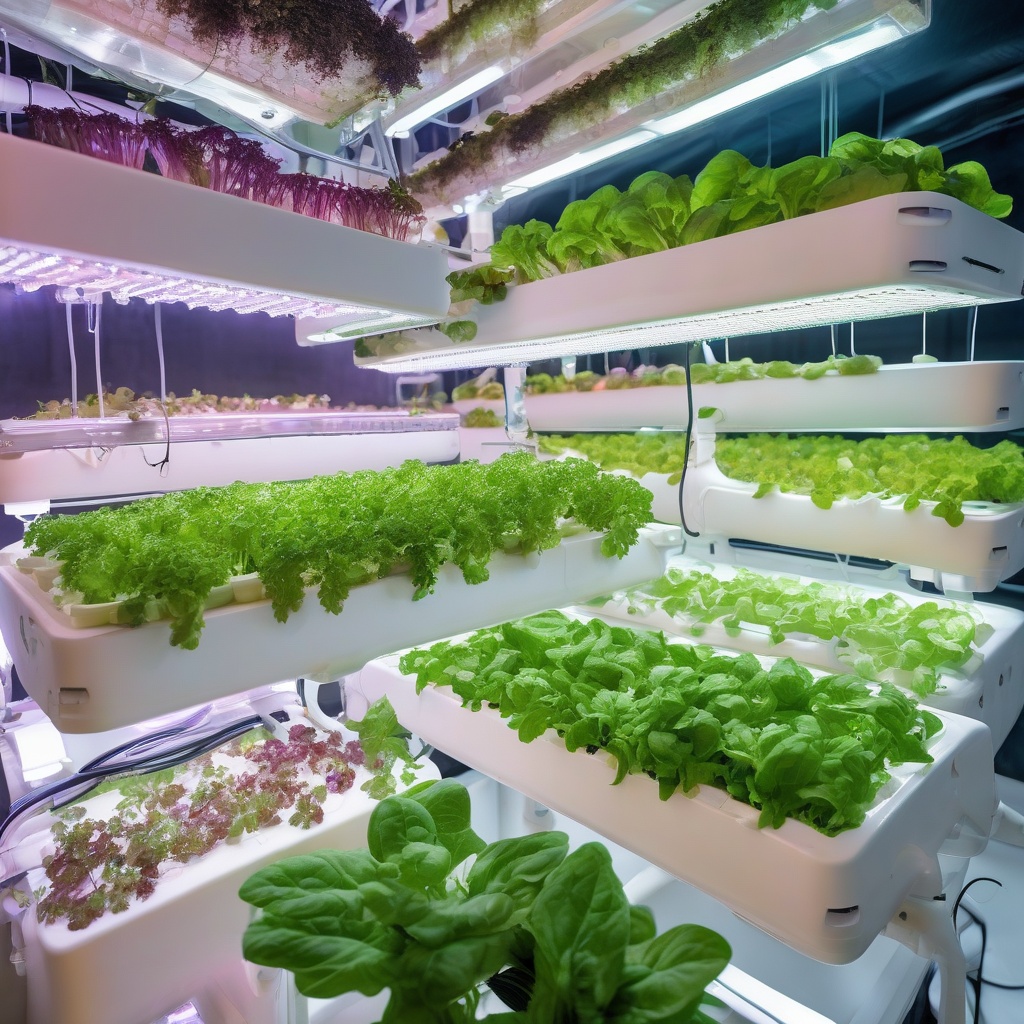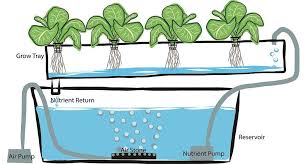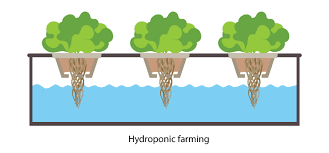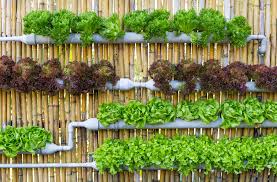WHAT IT IS?
Hydroponics is a method of growing plants without soil, using nutrient-rich water instead. This technique allows plants to receive the essential minerals they need directly through the water solution, which can lead to faster growth and higher yields compared to traditional soil-based agriculture. Hydroponic systems can be set up in various ways, such as using nutrient film techniques, deep water culture.

WHY IT´S COOL?
- Innovative Technology it uses cutting-edge techniques to grow plants without soil, showcasing human ingenuity in creating efficient food production systems.
- Resource Preservation freshwater is a finite resource. By conserving water, we help ensure that there is enough to meet the needs of future generations.
- Environmental Protection reduced water usage helps preserve natural ecosystems. Aquatic habitats can be protected from being depleted by overuse, and less wastewater means reduced pollution in rivers, lakes, and oceans.
- Cost Savings using less water can reduce water bills for individuals and businesses, and can also lower public spending on water infrastructure and conservation measures.
- Water conservation is an integral part of a broader strategy to promote environmental sustainability and resilience.



WHY IT HAS FUTURE GROWTH POTENTIAL?
Population Growth as the global population continues to rise, there is increasing demand for food. Hydroponics offers a way to produce more food using less space, which is crucial in densely populated or resource-limited areas.
Urbanization with more people living in cities, there is a growing need for urban agriculture solutions. Hydroponics can be easily integrated into urban environments, enabling local food production close to consumers.
Resource Efficiency hydroponic systems use significantly less water than traditional farming by recirculating the nutrient solution. This efficiency is crucial in areas facing water scarcity and can make agriculture more resilient to climate change.



Baqer Mohammed Y Alsalman